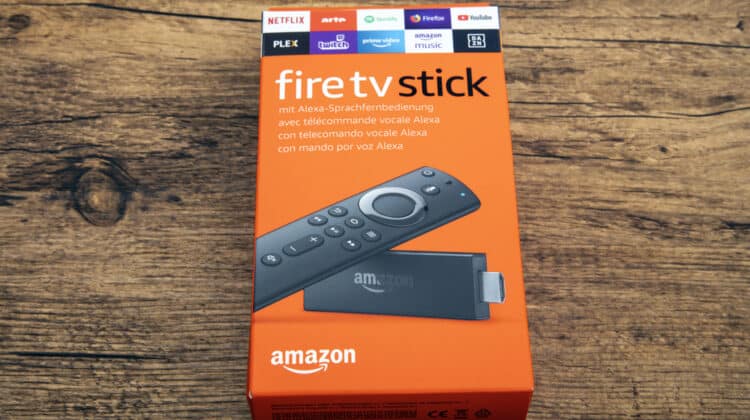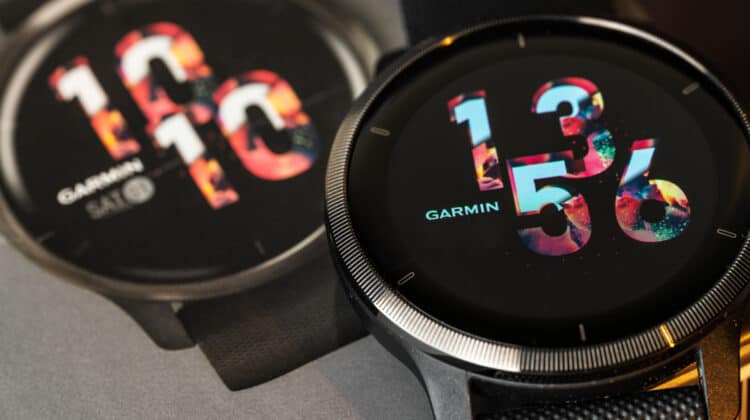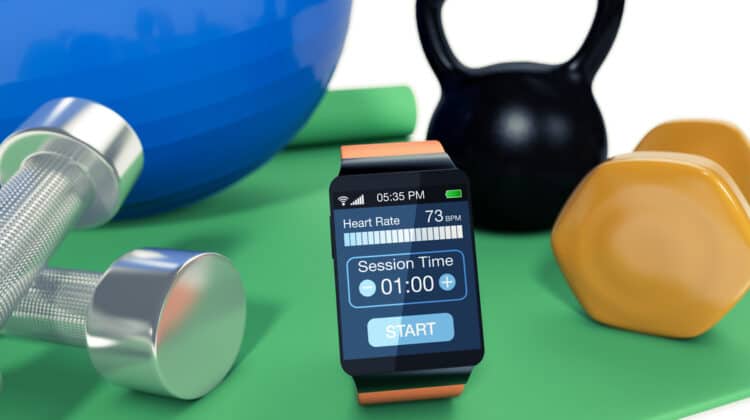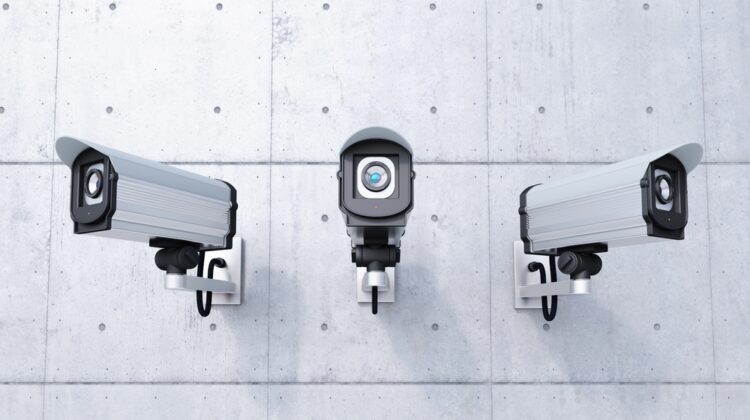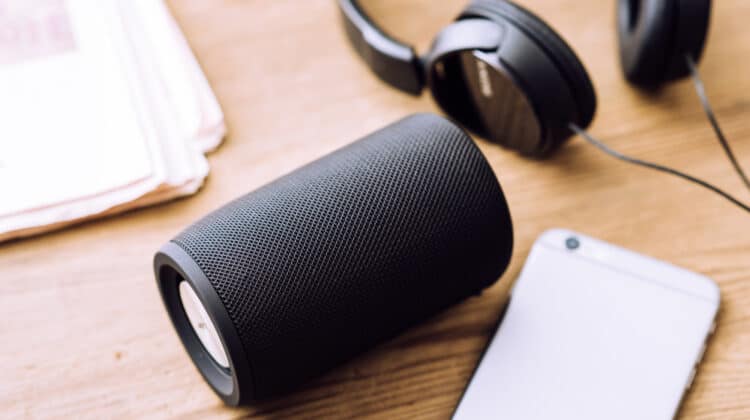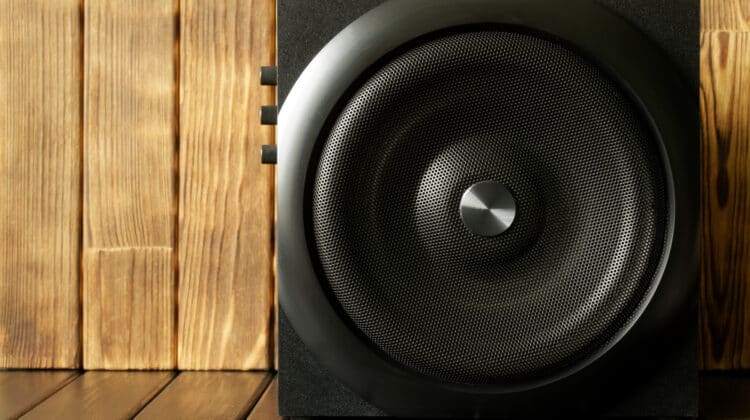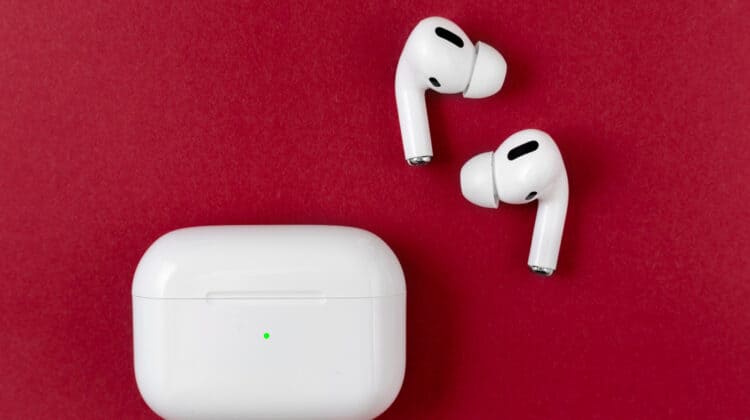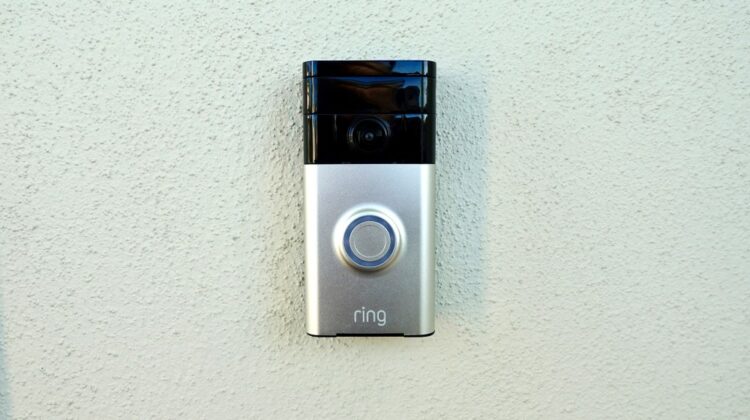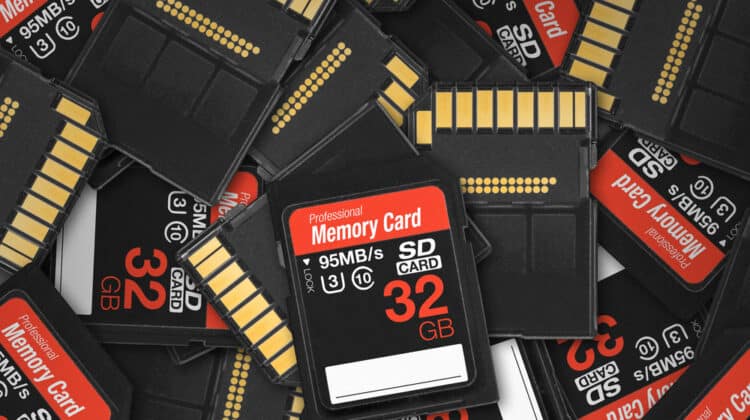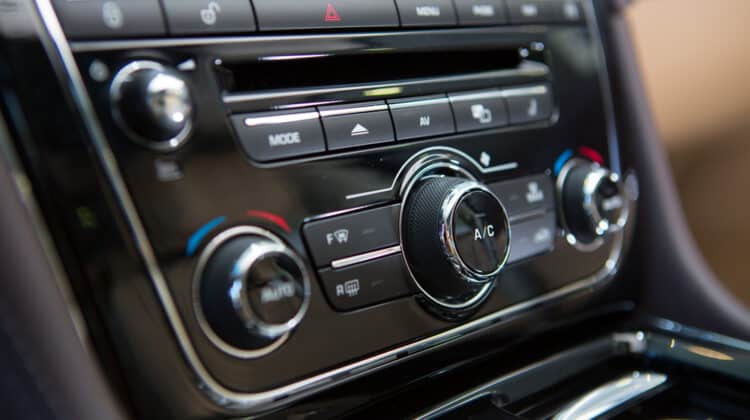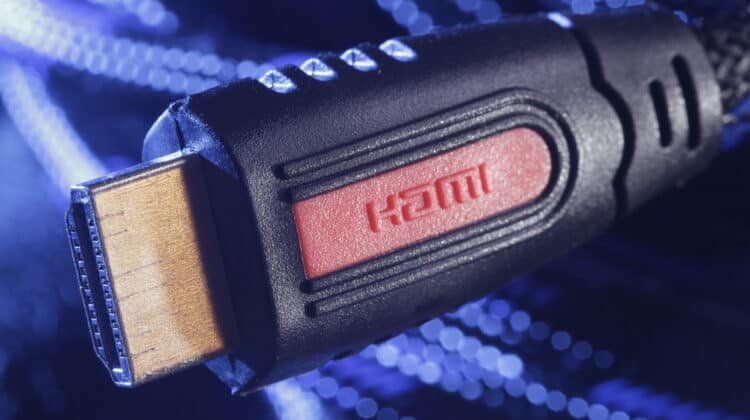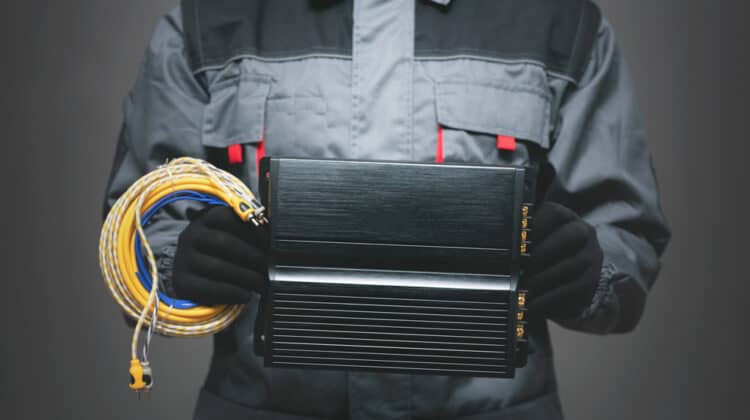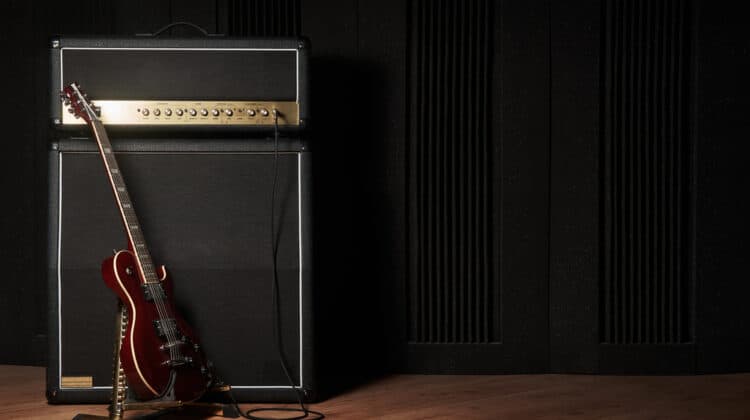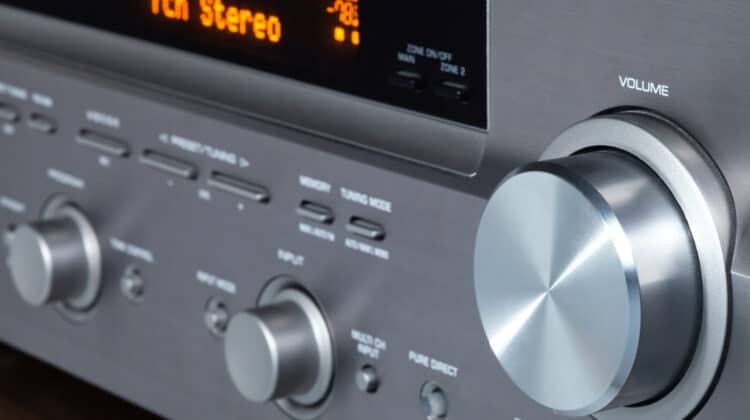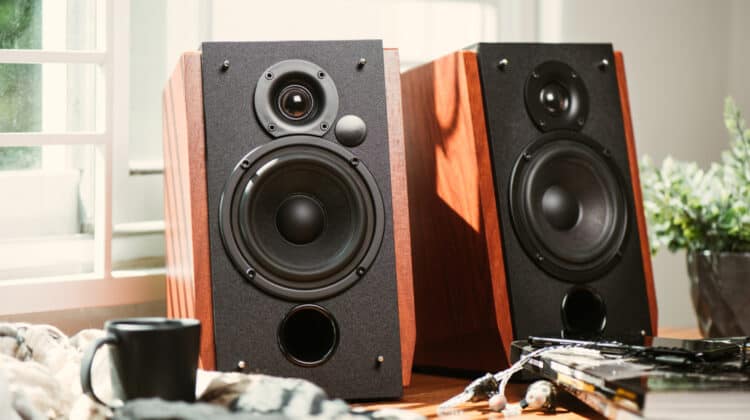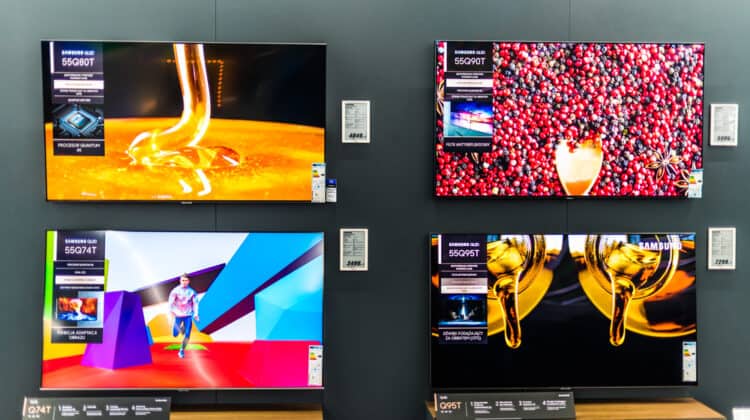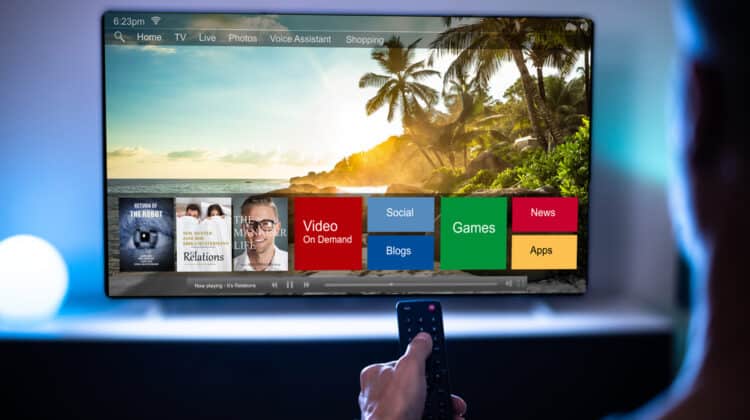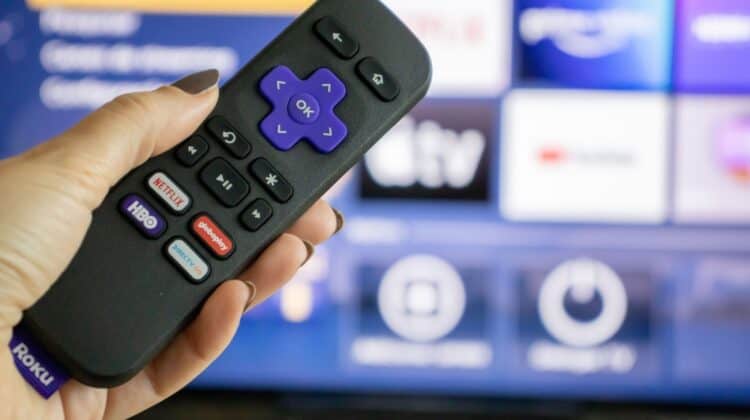
If you have a baby, then you know how important it is to keep an eye on them.
Using a baby monitor can help you stay aware of what sort of shenanigans your baby is getting into at any given moment.
Baby equipment is expensive, however, and baby monitors can come at steep prices.
Why Are Baby Monitors So Expensive? (10 Reasons)

The average price of a high-quality baby monitor is around $100 with more advanced monitors costing over $300.
Baby monitors are expensive due to the cost of producing certain features the monitor provides like two-way audio and visuals, connecting to WIFI, motion detection, night vision, and sound alerts.
Let’s look at these factors in more detail.
1. HD Display

The type of resolution your baby monitor has can increase its price.
That’s because resolution matters more to some parents than others.
Some parents want to see their baby in high definition.
High definition allows them to see if anything is wrong with their baby.
Because the picture is clear, they can immediately notice if the baby has an odd mark on their face or if something else looks out of place.
Lower resolution tends to result in fuzzy pictures.
It’s a lot harder for parents to know if anything is wrong because they can’t see their baby as clearly.
High definition clearly has its advantages.
However, it requires the company to spend a bit more money on the monitor.
It’s more expensive to make high-definition resolutions than it is low-definition resolutions.
There’s also more value in high-definition monitors.
Because the safety of their baby is important to them, some parents are willing to spend more money on a baby monitor that has high-definition visuals.
That also reinforces the price.
Baby monitors are expensive because high-definition visuals are more expensive to make.
2. Split-Screen Capability

Another great feature that some baby monitors have that also increases their price is split-screen capabilities.
This feature is especially helpful for parents with more than one baby.
The ability to split two feeds into one monitor can help parents save money overall.
However, the initial price can be pretty expensive.
There are a few factors at play that make baby monitors that provide split-screen capabilities more expensive.
The first is the cost of production.
The software and hardware needed to take two feeds and merge them into a split-screen format on a single monitor are more expensive than just one feed.
It requires a bit more work and a few more parts.
With higher production costs, the selling price of the product also becomes more expensive.
Secondly, the company knows that parents who buy split-screen monitors are unlikely to buy a second baby monitor.
As such, the company puts a high price on the split-screen baby monitor.
This ensures that they’re still able to get a decent price on their product without missing too much profit from the missed sales of additional baby monitors.
Finally, parents who have more than one baby will likely see a split-screen baby monitor as valuable.
To them, spending a bit more money is worth it since it helps solve a problem they’re having.
Baby monitors are expensive because providing split-screen features is more costly to produce, and it’s seen as more valuable.
3. Two-Way Audio And Visuals

A popular baby monitor choice that some parents buy is a monitor that provides two-way audio and visuals.
Parents can see and hear what their baby is doing on the monitor.
They can also speak to their baby and let them see them on a screen.
This allows parents to interact with their baby without having to take the long trek to the baby’s room.
This is advantageous because it means parents might be able to get a bit more sleep each night.
By simply turning their side of the camera on, they can soothe their baby with their voice and appearance.
It might be all a baby needs to calm down.
Some people also use this feature for pets.
If their pet is the baby of the house, for example, pet owners will use a two-way baby monitor to communicate with their pets while they’re at work.
This is great for pets who have separation anxiety or are misbehaving at home.
Two-way audio and visuals aren’t the cheapest to produce, however.
This technology is certainly more expensive to make than one-way audio and video.
Since the manufacturing costs are higher, the price of the baby monitor is going to be higher, too.
Because of how helpful two-way audio and video can be, it also solves a problem that not every baby monitor can solve.
This gives it a bit more value for which some parents are willing to pay.
Baby monitors are expensive because two-way audio and video are more expensive to produce.
4. WIFI-Enabled Monitors

Smart technology is everywhere, and you can also find it in baby monitors.
Some baby monitors can connect to the internet.
As a result, parents can play videos on YouTube or stream music from other platforms.
The videos and music can entertain their baby or ease them into sleep.
However they use the internet, being able to connect to the WIFI can provide benefits for some parents.
That said, making a baby monitor capable of linking to the internet is a bit more expensive.
It requires more parts and software.
There’s also the increased use of internet data.
If your household has a data plan, then using the baby monitor to endlessly stream content to your baby could make you go over your data cap.
That can result in higher internet bills.
Either way, you’re facing slightly higher prices for a baby monitor that connects to the internet.
For some parents, the extra price is worth it because it allows them to entertain their baby even if they’re not in the same room as them.
Since it makes parenting a bit easier, some parents might think it’s well worth the price.
Baby monitors are expensive because being able to connect to the internet usually requires more production costs.
5. Fixed Versus Portable Monitors

When shopping for a baby monitor, you have two installation choices.
You can install your baby monitor in a fixed position, or you can simply set your monitor down without installing it in a fixed position.
These baby monitors are either fixed or portable.
Fixed baby monitors are monitors that you attach to a certain place in the room.
They’re often screwed into place, so they can’t move.
The advantage of a fixed baby monitor is that it’s also often connected to an outlet or Ethernet cable.
There’s also little risk of it falling over and harming the baby or breaking.
Some fixed baby monitors need a professional to install them.
As such, the price for them tends to be a bit higher.
Portable baby monitors, on the other hand, are a bit cheaper.
They’re the type of monitors that you just set on a table and hope that they don’t fall over.
Some might have grips, but they’re not permanently set in place like fixed baby monitors.
These baby monitors tend to be a bit cheaper because they’re more prone to breaking and don’t require a professional to install them.
Baby monitors are expensive because some of them require professional installation while others don’t.
6. Motion Detection

Another great feature that expensive baby monitors have is motion detection.
Signs that your baby is moving aren’t always a bad thing, but they can also signal trouble.
For example, if your baby is shaking their crib, then there’s a chance that the crib might collapse.
Your baby monitor can alert you to motion in your baby’s room and allow you to take action.
There are always security concerns.
Baby monitors can help inform you whether someone breaks into your home and ends up in your baby’s room.
You’ll receive a notification that something or someone is moving.
It’s also helpful for toddlers.
Once toddlers are out of the crib, you might find motion detection quite helpful.
The ability to track motion is an expensive feature.
It requires advanced software.
Since it’s more expensive to make, the company charges more for its product to offset those expenses.
Baby monitors are expensive because motion detection is an expensive feature to make.
7. Night Vision

While some parents might find motion detection helpful, others might find night vision helpful.
One of the most vulnerable times in a baby’s life is at night.
Any number of things can happen to a baby while it sleeps.
Becoming entangled by its sheets, for example, can lead to unfortunate cases of suffocation.
A standard baby monitor won’t be able to capture what’s going on in the baby’s room in the dark.
Even using a night light can make it difficult to see what’s going on in there.
That’s why some baby monitors come with night vision.
It enables parents to keep a close eye on their baby while they’re sleeping.
At the first sign of trouble, they can rush in and rescue their baby.
Night vision is another feature that is expensive to produce.
It’s more expensive to make a camera capable of recording clear pictures in the dark than it is to produce one without night vision.
As a result, the price of the monitor is higher.
Baby monitors are expensive because night vision is expensive to produce.
8. Sleep Tracking

More sophisticated baby monitors can give parents information about their baby’s sleeping habits.
Much like adults track their own sleeping habits, parents can track the sleep habits of their babies.
They can determine when their baby fell asleep, how long they slept, and whether they experienced any disturbances.
That sort of information is helpful since it can help parents make adjustments in their baby’s room.
They might find that the baby’s room is too bright, for example.
By ensuring the baby is getting enough sleep, they can ensure their baby grows and develops well.
Sleep tracking is also sophisticated.
It’s a bit expensive to offer, especially the more detailed the information is.
With higher production costs, the price of the product is also higher.
Baby monitors are expensive because sleep tracking is expensive to make.
9. Sound Alerts

The type of alerts that you receive can also be influencing the price of the baby monitor.
Having audible alerts, for example, requires the monitor to notice activity, then notify you with a certain sound.
It’s a bit more sophisticated than a baby monitor that just sits there and records your baby.
Some monitors allow you to further customize the alerts you receive.
For example, you can set up specific alerts for when your baby moves or even when they fall asleep.
Another popular alert is when your baby cries.
The monitor then has to recognize that activity and alert you.
Since it’s a bit more complex, it’s more expensive to make.
Baby monitors are expensive because sound alerts, especially advanced alerts, can be expensive to produce.
10. Niche Market

A final reason baby monitors are expensive is that they exist in a niche market.
Not everyone has a baby.
Birth rates continue to decrease, and baby monitors are specifically designed for parents with babies.
While those with pets tend to use them, too, the companies target their products for babies.
Because baby monitor companies focus on a specific target group, they’re able to charge higher prices for their products.
That’s because the company has to earn as much profit as possible for the smaller group of people it’s targeting.
It can’t rely on selling its product to the general public because not everyone in the general public has a baby.
Baby monitors also solve a very specific problem that parents have.
Because it’s a niche industry, baby monitors come at high prices.
NEXT: Why Are Cordless Vacuums So Expensive? (10 Reasons)


